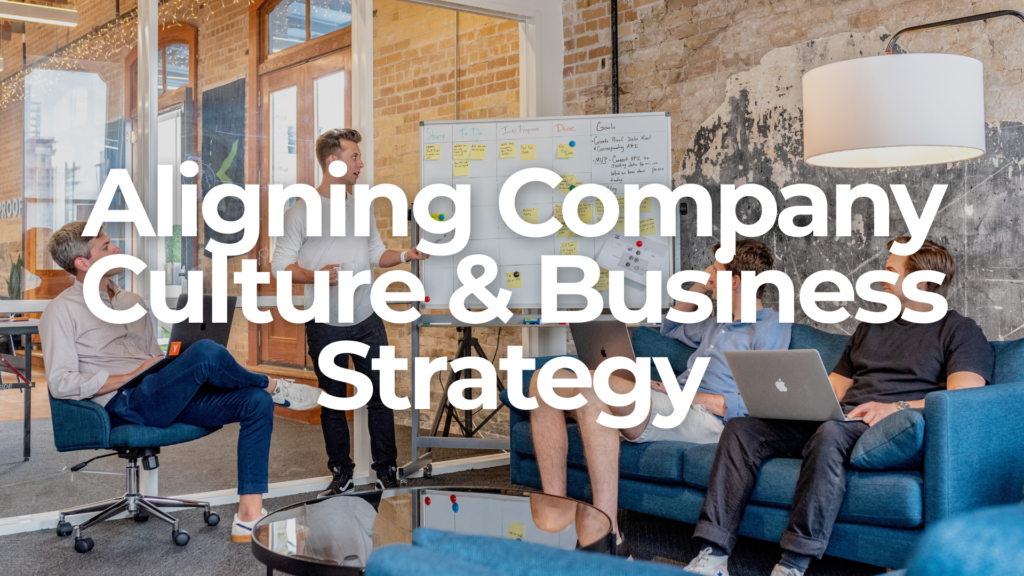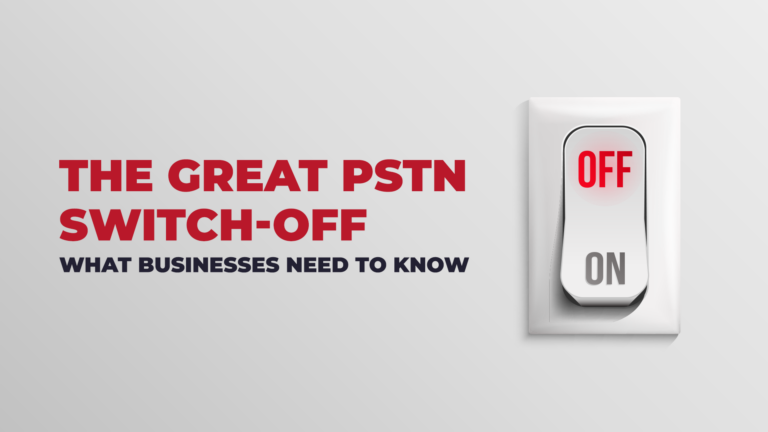In today’s fast-paced business environment, it’s essential for companies to have a culture that aligns with their business strategy. Aligning these two aspects of a company can have a significant impact on its success. According to Forbes, “Companies with aligned cultures and strategies have 58% higher employee engagement, 62% higher customer satisfaction levels, and are 3.7 times more likely to be satisfied with their financial performance.” This highlights the importance of having a clear understanding of your company’s culture and strategy and ensuring they complement each other.
When the two are not aligned, it can lead to confusion, disengagement, and a lack of motivation among employees, ultimately impacting the company’s overall performance. In this article, we’ll provide actionable steps that businesses can take to align their culture with their strategy and the benefits that come with doing so.
Defining Company Culture and Business Strategy
Before diving into the process of aligning company culture with business strategy, it’s important to define what these terms mean. Company culture is the shared values, beliefs, attitudes, and practices that shape the behaviour of individuals within an organisation. It’s the “personality” of a company and the way things are done. Business strategy, on the other hand, is the plan of action a company takes to achieve its goals and objectives. It’s the roadmap that outlines how the company will compete in its market and achieve success.
According to a survey by Deloitte, “94% of executives and 88% of employees believe a distinct workplace culture is important to business success.” Understanding and defining your company culture and business strategy can help create a clear sense of direction for the organisation and provide a framework for decision-making. These two aspects of a company are closely linked and need to be aligned for optimal results. As Andrew C. Oliver, founder of Open Software Integrators, explains, “A successful strategy requires a culture that supports it, and a successful culture requires a strategy that supports it.”
In summary, defining company culture and business strategy is crucial to the success of a company. By creating a clear understanding of these terms and how they relate to each other, businesses can develop a strong foundation for achieving their goals and objectives.
Identifying Your Company’s Culture
Identifying your company’s culture is the first step in aligning it with your business strategy. Culture as we’ve mentioned above is a set of shared values, beliefs, and behaviors that shape the way things are done within an organisation. It’s important to have a clear understanding of your company’s culture to ensure it aligns with your business strategy and supports the organisation’s goals and objectives.
One way to identify your company’s culture is by conducting employee surveys or focus groups to gather insights from those who work within the organisation.
According to a survey by HBR, “58% of companies surveyed say they are actively trying to change their culture, but only 17% report success.” Understanding what employees think about the company’s culture can help identify areas for improvement.
Another way to identify your company’s culture is by observing the way employees interact with each other and the way work is done. Paying attention to the company’s values and how they are demonstrated in day-to-day work can also provide insights into the company’s culture.
Edgar Schein, an organisational culture expert, explains, “Culture is the deeper level of basic assumptions and beliefs that are shared by members of an organisation, that operate unconsciously, and that define in a basic ‘taken for granted’ fashion an organisation’s view of itself and its environment.” In summary, identifying your company’s culture is essential for aligning it with your business strategy and achieving success.
Defining Your Business Strategy
Defining your business strategy is critical for aligning it with your company’s culture. Business strategy is the plan of action that outlines how a company will achieve its goals and objectives. It’s essential to have a clear understanding of your business strategy to ensure it aligns with your company’s culture and supports its values.
One way to define your business strategy is by conducting a SWOT analysis, which assesses your company’s strengths, weaknesses, opportunities, and threats. This analysis can help identify areas for improvement and opportunities for growth.
Another way to define your business strategy is by identifying your company’s unique selling proposition (USP). The USP is the factor that sets your company apart from competitors and creates a unique value proposition for customers. According to a survey by Accenture, “81% of executives believe that finding a strong USP is essential to company success.”
As Michael Porter, a leading business strategist, explains, “The essence of strategy is choosing what not to do.” This means that defining your business strategy is not just about what your company will do, but also what it will not do. By focusing on your company’s strengths and unique value proposition, you can create a clear roadmap for success.
In summary, defining your business strategy is crucial for aligning it with your company’s culture and achieving your goals and objectives. By identifying areas for improvement and focusing on your company’s unique strengths, you can create a clear direction for success.
Identifying Gaps Between Culture & Strategy
Identifying gaps between your company’s culture and strategy is essential for aligning the two and achieving optimal results. These gaps can occur when the company’s culture and strategy are not aligned with each other or when the culture and strategy have evolved separately over time.
One way to identify gaps is by comparing your company’s core values with its business strategy. If the company’s core values are not reflected in its strategy, there may be a misalignment that needs to be addressed. Another way to identify gaps is by evaluating how decisions are made within the organisation. If the decision-making process does not align with the company’s strategy, this can also create a gap.
As Peter Drucker, a management expert, explains, “Culture eats strategy for breakfast.” This means that a company’s culture can have a significant impact on its success and that it’s essential to ensure culture and strategy are aligned.
According to a study by McKinsey, “companies with strong cultures aligned to their business goals achieve up to 4.5 times greater revenue growth.” Identifying gaps between your company’s culture and strategy and addressing them can lead to improved performance, increased employee engagement, and higher levels of customer satisfaction.
In summary, identifying gaps between your company’s culture and strategy is crucial for achieving optimal results. By evaluating core values, decision-making processes, and other factors, companies can address gaps and ensure alignment between culture and strategy. This, in turn, can lead to improved performance and increased success.
Steps to Aligning Culture with Strategy
Aligning company culture with business strategy is a process that requires careful planning and implementation. The following steps can help companies achieve this alignment:
- Assess your company’s culture and strategy: Conduct a comprehensive review of your company’s culture and business strategy to identify areas of alignment and potential gaps.
- Communicate your strategy: Ensure that your company’s strategy is clearly communicated to all employees, and that they understand how it relates to the company’s culture and values.
- Identify areas of misalignment: Identify areas where your company’s culture and strategy are not aligned, and develop a plan to address these gaps.
- Develop a plan for change: Once you have identified areas of misalignment, develop a plan for change that includes specific actions, timelines, and measurable goals.
- Align your HR policies: Ensure that your HR policies, such as hiring, training, and performance management, support your company’s culture and strategy.
As Dan Pontefract, author of “Open to Think,” explains, “Culture must align to strategy, but in many organisations, it’s the opposite.” By following these steps, companies can ensure that their culture aligns with their business strategy, leading to improved performance and success.
According to a study by Deloitte, “organisations that have a strong culture aligned with their strategy are 1.7 times more likely to have strong financial performance.” Therefore, it’s crucial to take steps to align your company’s culture with its strategy to achieve optimal results.
What Are The Benefits?
Aligning company culture with business strategy has numerous benefits for organisations, including improved performance, increased employee engagement, and higher levels of customer satisfaction.
When culture and strategy are aligned, employees have a clear understanding of the company’s goals and values, which leads to increased motivation and commitment. This, in turn, can lead to improved performance and productivity. As Simon Sinek, a leadership expert, explains, “When people are financially invested, they want a return. When people are emotionally invested, they want to contribute.”
Aligned cultures also result in higher levels of employee engagement. Engaged employees are more likely to be committed to their work, go above and beyond their job duties, and stay with the company for the long term. According to a study by Gallup, “companies with engaged employees outperform those without by 202%.”
Finally, aligning culture with strategy can lead to higher levels of customer satisfaction. When employees are committed to the company’s goals and values, they are more likely to provide excellent customer service, leading to higher customer satisfaction rates. According to a study by Harvard Business Review, “companies with engaged and aligned employees have a 240% higher customer satisfaction rate.”
In summary, aligning company culture with business strategy has numerous benefits, including improved performance, increased employee engagement, and higher levels of customer satisfaction. By creating a strong culture that aligns with the company’s goals and values, organisations can achieve optimal results and long-term success.
Conclusion
In conclusion, aligning company culture with business strategy is a critical process that can lead to improved performance and long-term success. By identifying gaps between culture and strategy and taking steps to address them, companies can create a culture that supports their business goals and values. This can lead to increased employee engagement, improved productivity, and higher levels of customer satisfaction.
As Dr. Emily Livingston, a leadership expert, explains, “Culture eats strategy for breakfast.” This quote emphasises the importance of having a strong culture that aligns with the company’s strategy. When culture and strategy are aligned, companies can achieve optimal results and thrive in a competitive business environment.
It’s important to note that aligning culture with strategy is an ongoing process that requires continuous evaluation and adjustment. As the business environment changes, so too must the company’s culture and strategy. By staying attuned to these changes and being proactive in addressing them, companies can ensure that their culture remains aligned with their business goals and values.
In summary, aligning company culture with business strategy is a vital process that can lead to improved performance, increased employee engagement, and higher levels of customer satisfaction. By following the steps outlined in this article and remaining committed to ongoing evaluation and adjustment, companies can create a culture that supports their business goals and values and achieve long-term success.
Here at Yo, we’re all about improving the success of the businesses we deal with. So, If you are interested in learning more about improving your business development, or generally future-proofing your business – enter your contact details into the form below and we’ll be in touch with how we can help you and your business TODAY!











